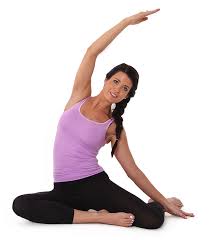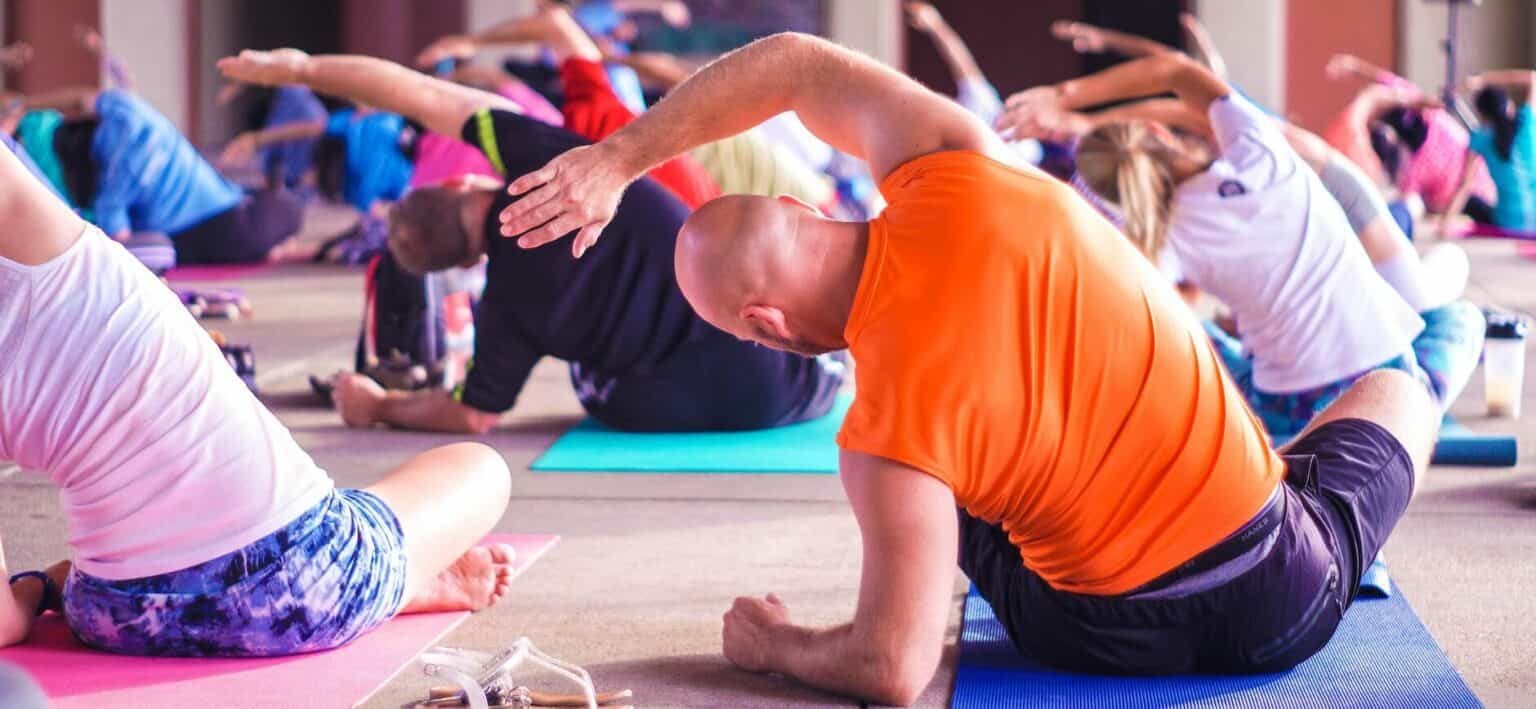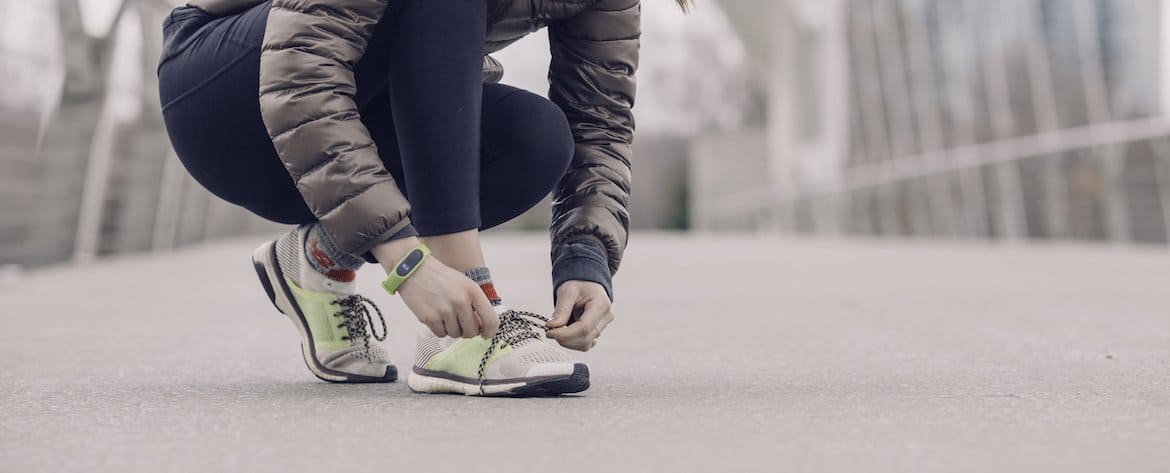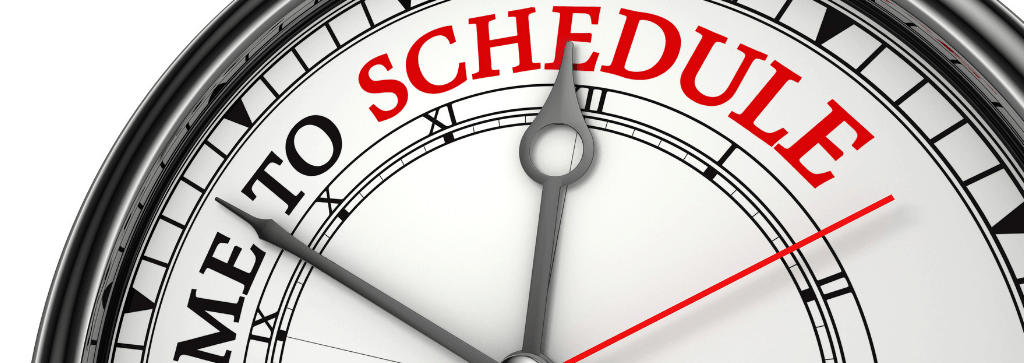Nicole Walker, our resident Mat Pilates guru, has written this post to clarify a question that gets asked often – what is different about Mat Pilates to Equipment (aka Apparatus) Pilates?
Mat Pilates
- Mat pilates is a form of Pilates which involves using your body weight as well as small equipment such as bands, balls, rollers.
- A traditional mat class has a strong focus on breathing and abdominal/core exercises plus a series of whole body exercises
- These exercises aim to promote good posture, flexibility, core control and whole body strength.
- One of the fantastic things about Mat pilates is the ability to translate what you learn in class to your day-to-day life!
- Pilates can even help you improve your technique and ability to perform other forms of exercise.
To illustrate that last point, here is an example.
One key principle of Pilates is axial elongation, essentially meaning standing up tall with good posture and ‘lengthening through your spine’.
A number of mat exercises aim to promote good posture in a number of different positions, by teaching you to engage the right muscles.
This repetition of the principle and practice in different positions means that it is more easily transferrable to your everyday life and to other exercises.
What is the difference between Mat and Equipment Pilates?
- Some of the exercises are similar, but it is the way they are performed that is the difference.
- Either Mat or Equipment can be ‘easier’ or ‘harder’ than the other.
- Whether an exercise is more challenging depends on the following two factors:
- the exercise itself
- the type of equipment and/or resistance being used.
- Often Mat work is considered harder, because you are generally using your body weight to perform exercises where gravity provides the resistance, and do not have any assistance from equipment/machines.
- Mat Pilates is beneficial for body awareness, which is so useful when performing any exercises and even for life in general.

On the right is an example of an exercise (the ‘mermaid’) being performed on the mat at the top of the page is a version being performed on the reformer.
Notice the difference that the equipment version has resistance for the upper limb.
Also, there is the option when doing it on the reformer to let the legs take up a different position if the person doesn’t have the hip range of movement to perform the floor version.
Summary
The principles of Pilates remain the same: the focus on concentration, body awareness, breathing, the core, axial elongation and more.
The main difference is that the resistance and the way that it is applied is different.
In Mat pilates, the resistance is provided by gravity. In equipment work, the resistance is provided by the springs.
In both cases, the resistance can be used to assist a movement or to make it harder.
There are other accessories and small equipment that are often used in Mat pilates to challenge you further.
If you have an interest in Pilates or finding out more about the difference between the two formats, why not give us a ring on 8356 1000 or send us an email at admin@adelaidewestphysio.com.au or even message us on m.me/AdelaideWestPhysio














